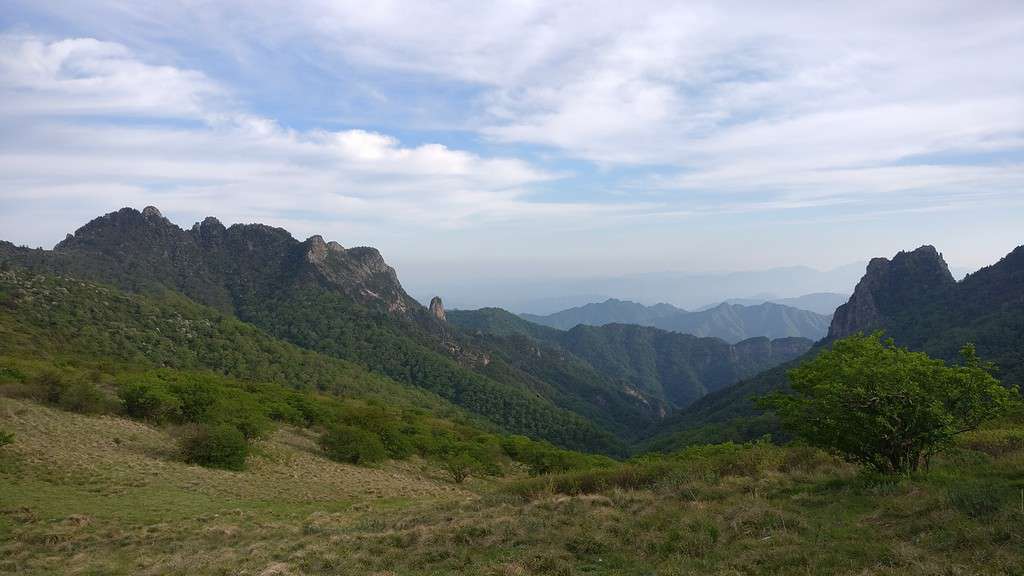
The panda bear is one of those iconic symbols of wildlife everyone knows from a young age, along with lions, tigers, and elephants. It’s built like other bears, albeit a bit more rotund than the norm. However, its defining feature is beyond a doubt its white fur with black on the shoulders, legs, and ears and around the eyes.
However, a brown panda variant also exists. Also known as the Qinling panda (Ailuropoda melanoleuca qinlingensis), named after the region in China where it exclusively inhabits high up in the mountains, it’s the only recognized giant panda subspecies.
There are only about 200 to 300 Qinling pandas living in the wild. If that sounds dangerously low, there were barely a hundred just two decades ago. This may explain why they have somehow escaped the public’s limelight. But a new study is sure to ignite curiosity and reign in new fans after scientists have now finally found the reason for the Qinling’s unique coloration. The key, as you might have expected, is all in its genes.
A Genetic Puzzle Solved
Chinese researchers at the Chinese Academy of Sciences have pinpointed the cause of the brown-and-white fur to a specific genetic anomaly. They believe the Qinling pandas separated from their black-and-white counterparts around 300,000 years ago, when a genetic event made them lack a short sequence in the BACE2 gene, which is closely tied to pigmentation.
The extreme isolation of the Qinling Mountains, with elevation ranging from 1,300 to 3,000 meters (4,300–9,800 ft), secured this lineage from breeding with the more numerous giant pandas.

The researchers sequenced DNA from three families of brown pandas, along with the genomes of 29 other black-and-white pandas. One of the families — each a trio comprised of two parents and a cub — included the panda Dandan, who was the first brown panda documented in China more than four decades ago.
Researchers found that the Qinlings are homozygous for the BACE2 gene mutation, meaning they inherit identical copies of this altered gene from both parents. This alteration disrupts the normal protein coding sequence, leading to a malfunction in the protein responsible for pigmentation. Further tests on another 192 black-and-white pandas showed none was homozygous for this version of BACE2.
This discovery was further supported by lab experiments on mice, where those genetically modified to replicate the panda’s mutation exhibited lighter coats. Additionally, the study found that brown panda hairs have fewer and smaller melanosomes, the organelles responsible for pigmentation, compared to their black-and-white relatives.
“Our study provides unique insights into the genetic basis of coat color variation in wild animals and will guide scientific breeding of the rare brown pandas,” wrote the Chinese researchers in the journal PNAS.
As researchers continue to delve into how this 25-base-pair deletion influences melanosome size and number, the story of the brown-and-white panda offers a compelling glimpse into the complexities of nature and genetics.






